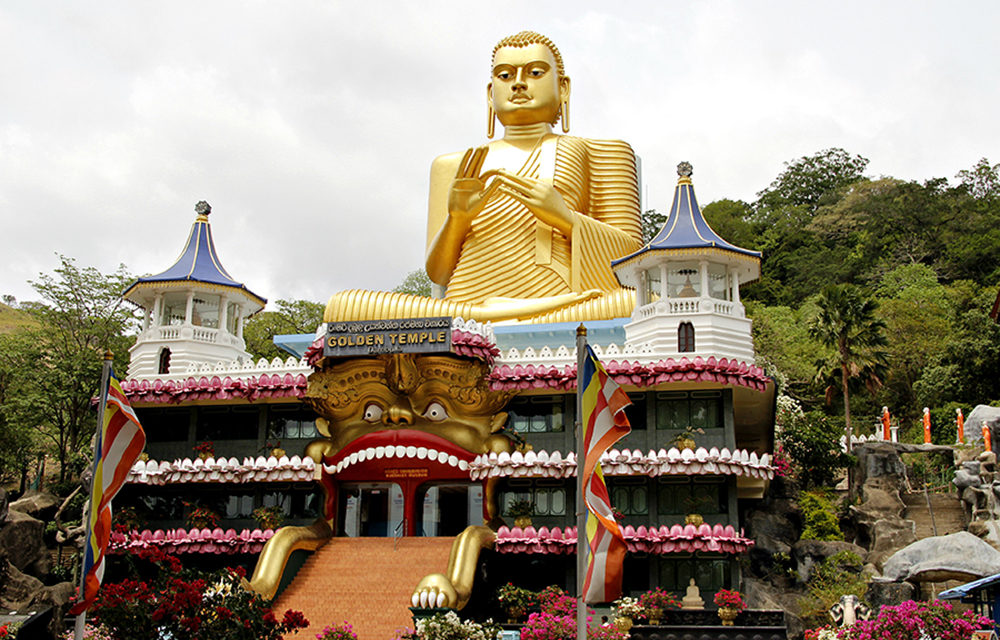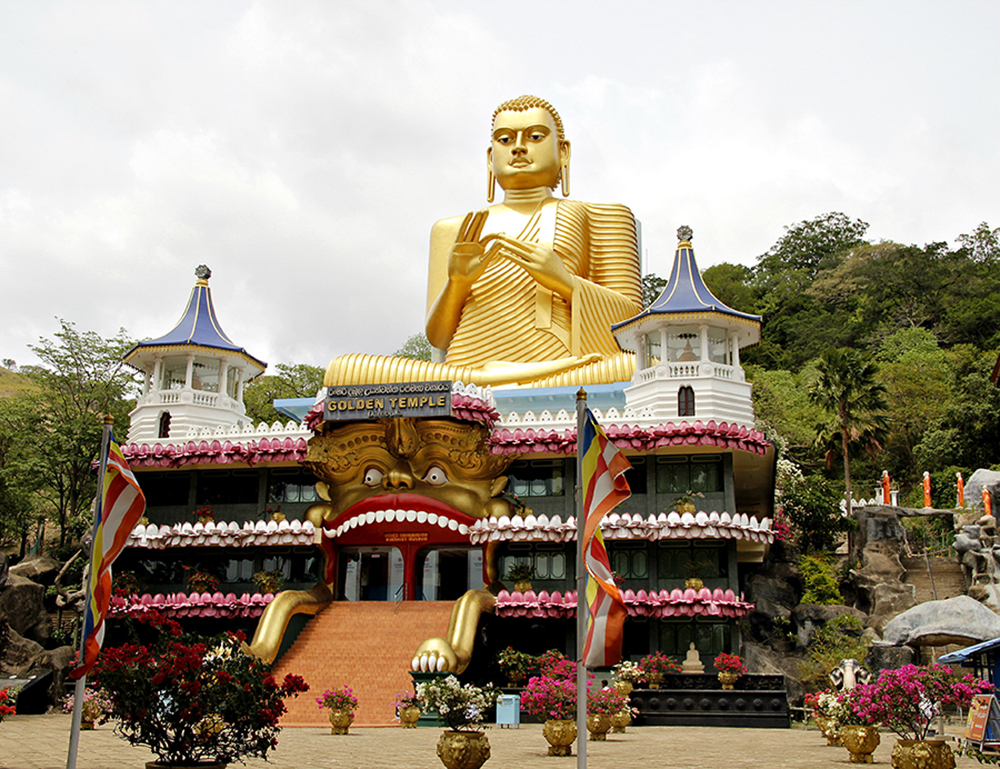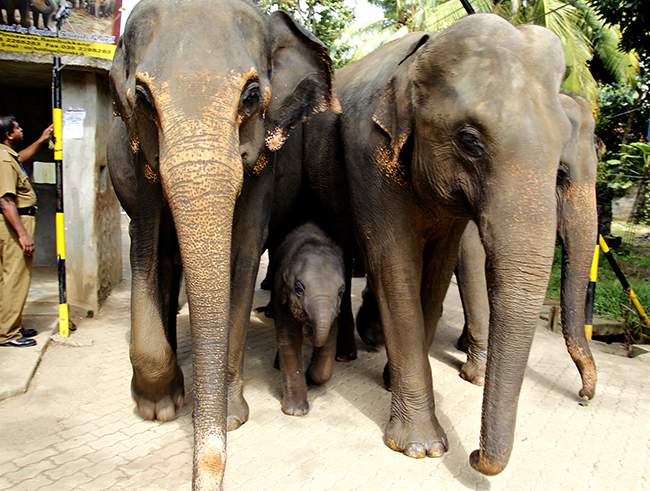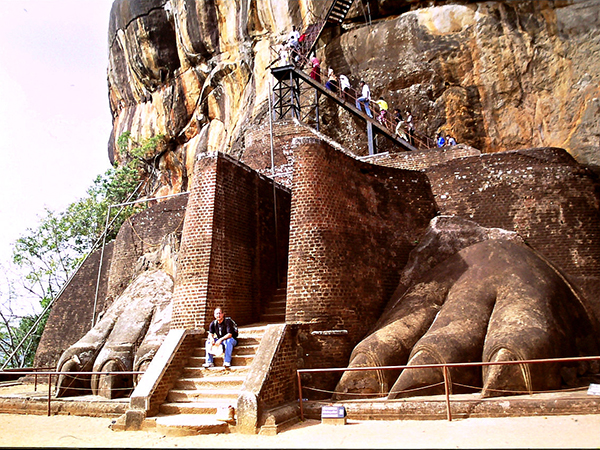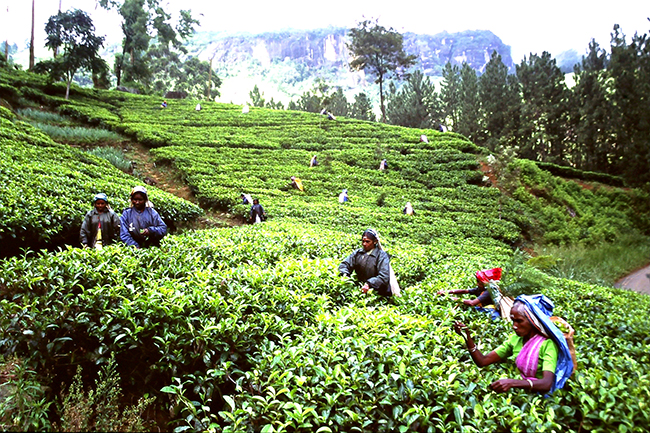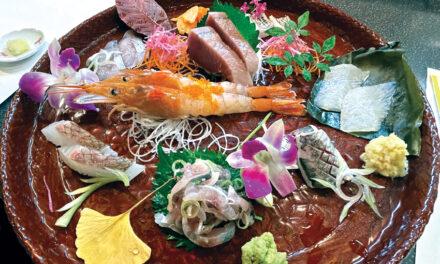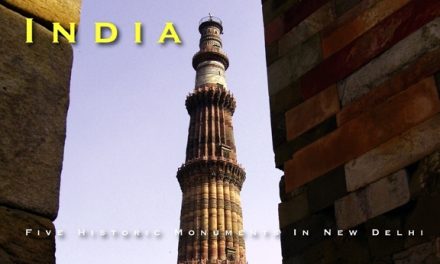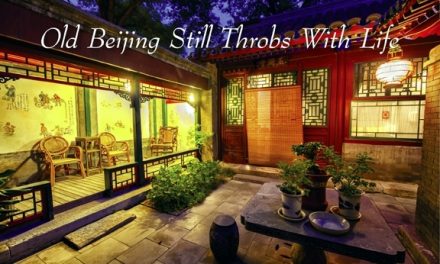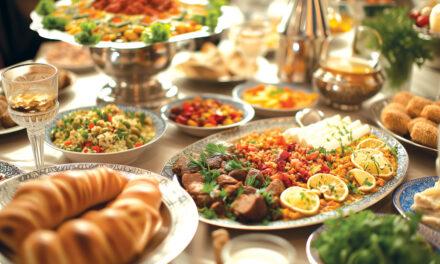- Dambulla
- Pinawalla Elephant Orphanage walk down to the river
- The Lion’s paws, Sigiriya
- Blue Field Tea Factory
Sri Lanka
Sri Lanka: One Fascination after Another
Article and photography by Steve Gillick
The Sinhalese who comprise the majority of people on Sri Lanka, are said to have always referred to the country as “Lanka”, meaning “Island”. While previous names included Serendib and Ceylon, “Sri Lanka” became official in 1972 with the honorific “Sri” designating the island as “auspicious” or “resplendent”. As far as travelers to the small, tear-drop shaped island in the Indian Ocean are concerned, the name foreshadows the impending wonders that showcase the land, the people, nature, religion, wildlife, history and culture.
After spending the night at the historic Galle Face Hotel in Colombo, the capital city, we set out on the road to Kandy with stops to buy sweet pineapple and fresh-off-the-tree cashew nuts. We arrived at the Pinnawala Elephant Orphanage in time to participate in bottle-feeding baby elephants, watching elephant families socialize, and then following them to the Maha Oya River to refresh, cavort and be pleasurably scrubbed and bathed by the mahouts. And at the nearby Minneriya National Park, a short safari provided more opportunities to see elephants in a wild setting, with mothers and aunts standing guard over two-week old sleeping calves, while eagles soared overhead.
The golden-roofed Temple of the Sacred Tooth Relic is a World Heritage Site in Kandy where a relic of the Buddha’s tooth is housed. We followed the captivated crowd of pilgrims to see the amazing architecture and the inner shrine where the hidden sacred, tooth lies in a gold casket.
Two-hours outside of Kandy is The Golden Temple of Dambulla, also known as the Dambulla Cave Temple, another World Heritage Site. Behind a striking, golden, 100-foot tall statue of the Buddha, there is a short steep climb to the entrance of five caves. These house an incredible trove of statues of the Buddha, ancient kings and mythical gods, along with colorful ceiling and wall paintings. It’s quite an experience.
But hold your breath! At the 5th century, rock fortress of Sigiriya, visitors pass through two huge Lion’s Paws (the lion was the royal symbol of the Sinhalese Kings), to access the 1000 steps leading to the King’s Palace. On the way are frescoes of Apsara (female spirits of the clouds and waters), the famous “mirror wall”, and vistas of the distance mountains. Absolutely amazing!
In Polonnaruwa, visitors can explore the 10th century temples and palaces, circumnavigate the huge dagoba (stupa), and then wander around serene, rock-hewn statues of the Buddha.
The Blue Field Tea Factory in Nuwara Eliya is the perfect place to learn about Sri Lanka Tea: how it’s grown, harvested and processed. Great photo and sipping opportunities. And on the way back to Colombo, a short stop in Kitulgala is in order. This is the venue where the 1957 classic movie, “The Bridge on the River Kwai” was filmed.
And this is only a small taste of what Sri Lanka has to offer. I’ve travelled there twice and there’s still lots to see and do!
www.srilanka.travel

